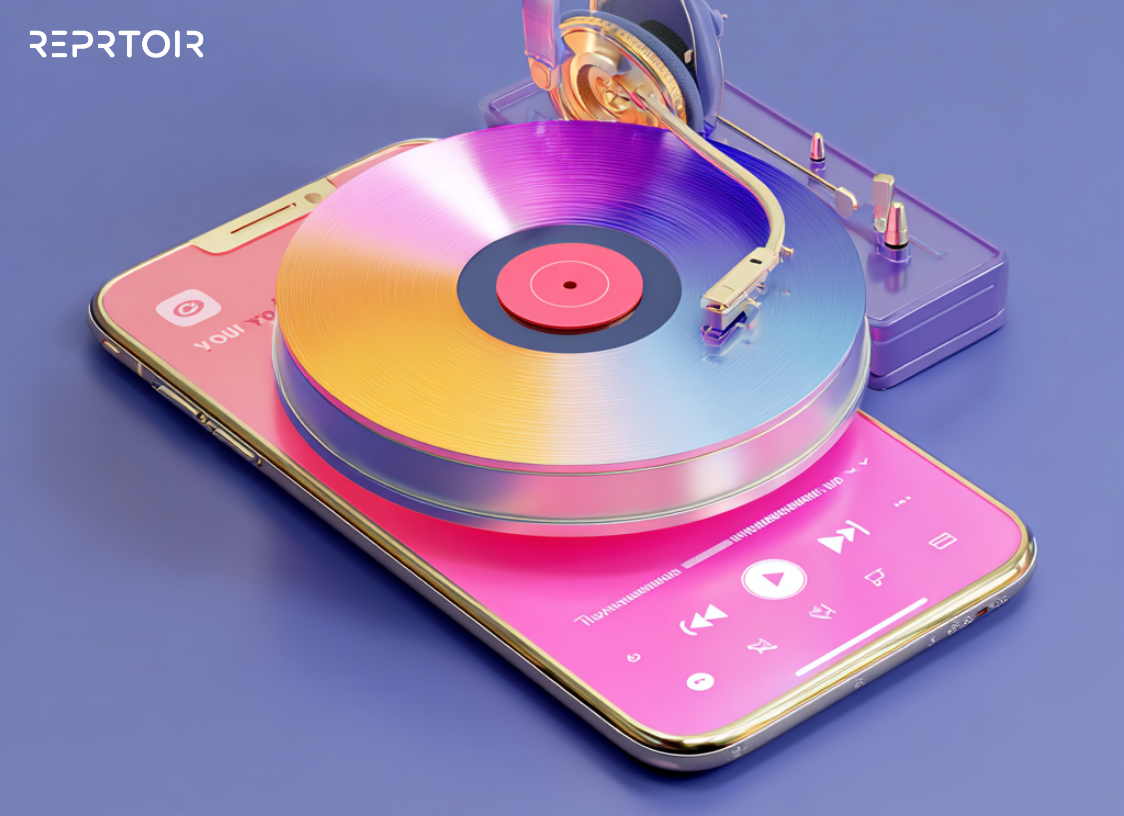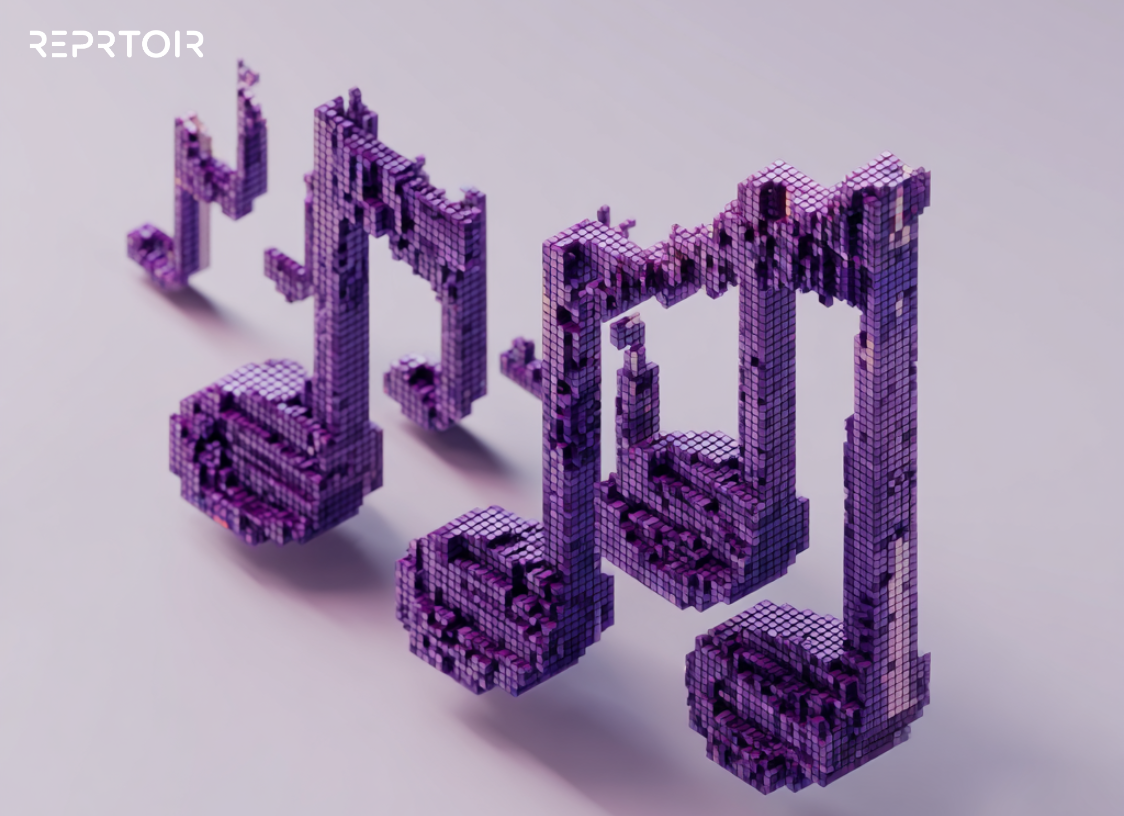Last week, we’ve seen the expected shifts in music streaming platforms happen, maybe not all in the same direction, but everyone is moving. As for the rest of the news, it seems like artists and fans are still looked at very closely to determine how to better suit their needs. Closely enough?
#1. It’s Spotify’s turn to shift its royalty model
Spotify is making substantial changes to its royalty payout model in Q1 2024, aiming to shift $1 billion in royalty payments over the next five years to "legitimate" artists and rights holders. Three major changes will be implemented to address the royalty pool's "drains." First, Spotify will introduce a minimum annual stream threshold before tracks generate royalties, which could demonetize very low-revenue tracks. Second, they will financially penalize music distributors, including labels, when fraudulent activity is detected on their tracks. Lastly, Spotify plans to impose a minimum play-time for "non-music noise" tracks, reducing payouts for short segments of content.
These changes aim to curb streaming fraud, prevent micro-royalties, and allocate more funds to working artists over time. Spotify's plan doesn't change the total royalty pool size but modifies the allocation of funds. Music industry leaders generally see these changes as a step in the right direction to ensure fair compensation for artists.
#2. Spotify adds a new proposition for artists
This week, Bandcamp laid off roughly half its staff after its second change of ownership, prompting concern among artists who found comfort in its model amid the pressures of streaming. Meanwhile, Spotify has its own news for musicians worried about making a living: a new “Merch Hub” where users are recommended products based on what they’ve streamed.
Indeed, artists increasingly rely on touring and merchandising, using streaming as a promotional tool. Spotify's influence on artist exposure and musical trends has made it a central force in the industry. Bandcamp, on the other hand, offered an alternative platform, directly accessible to fans, without algorithmic interference. However, Spotify's recent expansion into Bandcamp's territory could consolidate its position as the industry's leading platform.
#3. Apple Music is looking to pay more Royalties for spatial audio
Apple Music will increase compensation for music that supports spatial audio listening. And if we read between the lines, the increased royalties would potentially reach all eligible content owners and distributors worldwide. Apple Music too seems to have a project to change how royalties are calculated and plays of content available in Spatial Audio will receive a higher royalty value.
Given the scale and importance of spatial audio on streaming platforms "80% of Apple Music's 'global subscribers' listened to the format in 2022", we'll be looking at how this technology and its royalties evolve over the next few years.
#4. The music industry killed discovery
Tim Ingham is having a beef with the concept of "discovery", glorifying the era of data-powered discovery. Taking Spotify as an example, which describes itself as being "in the discovery business," Ingham questions the notion that mere "discovery" of an artist is what truly satisfies listeners. Maybe it's not about knowing who an artist is but feeling a profound connection with their music?
#5. Superfans wants more than streams
Staying on the topic of connecting with fans, they actually are after more than mere streams too. Despite the need to maintain a constant flow of music on these platforms, artists are seeking alternative ways to create special moments with their most loyal fans.
Streaming platforms primarily focus on music releases, with little incentive for active fan engagement. However, superstars grasp that their most ardent fans want to be more than just listeners, prompting them to explore other means of involvement. Even superstars prefer to create engaging moments elsewhere to better integrate music within the context of their fans' identities.
Ultimately, as long as streaming platforms do not provide more opportunities for fans to be active and engaged, artists will continue to seek other avenues for interacting with their devoted audience.










